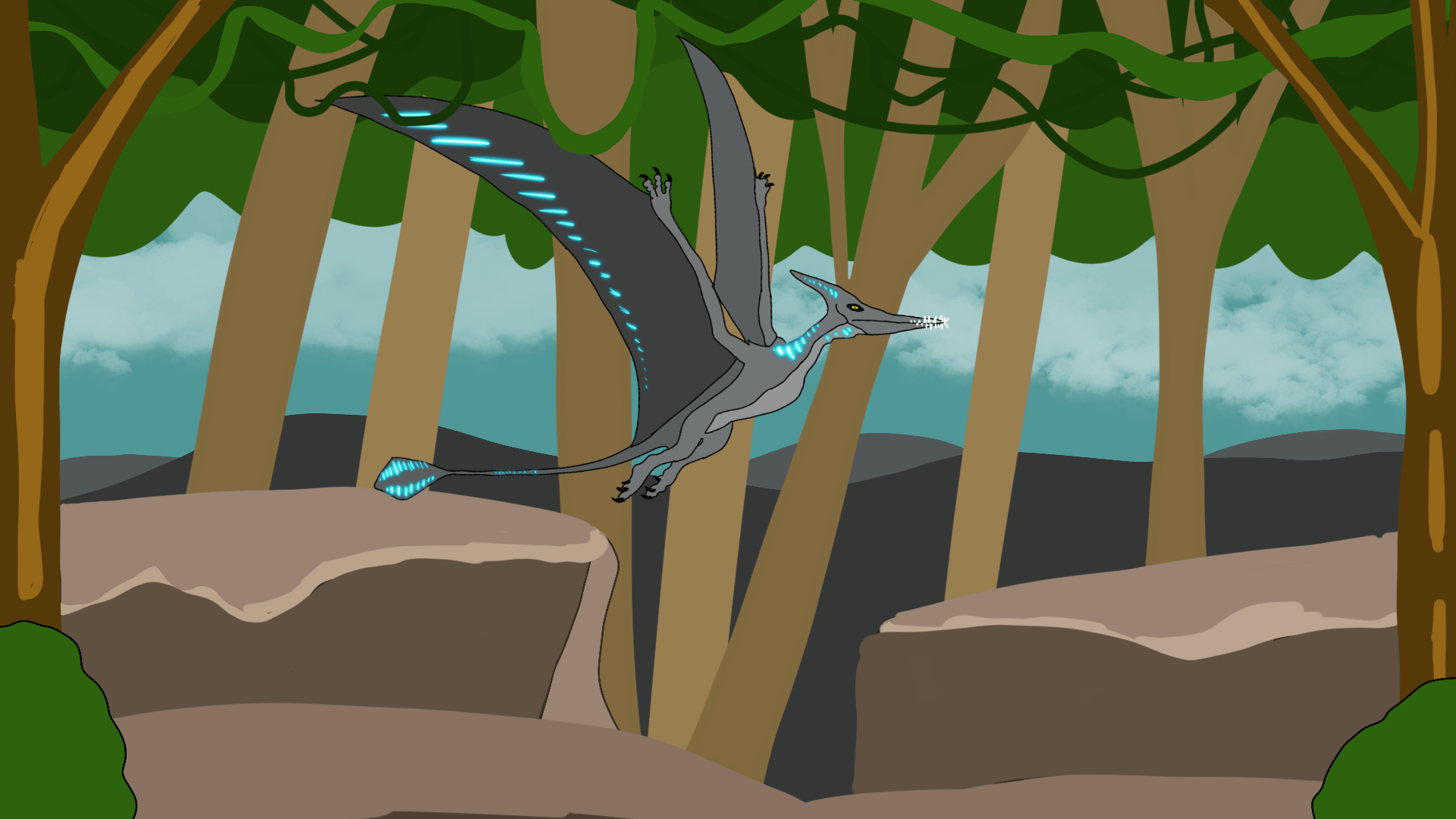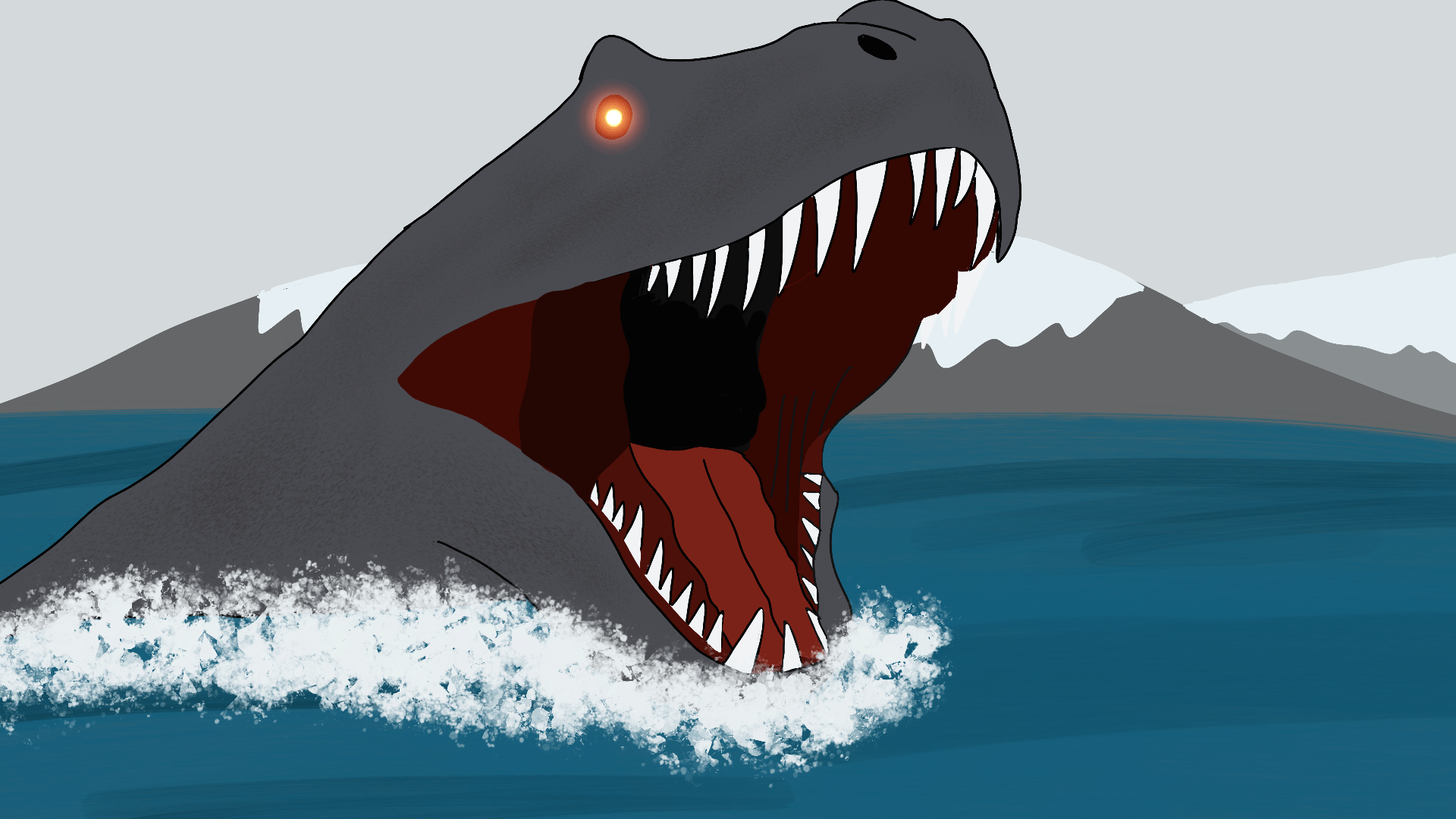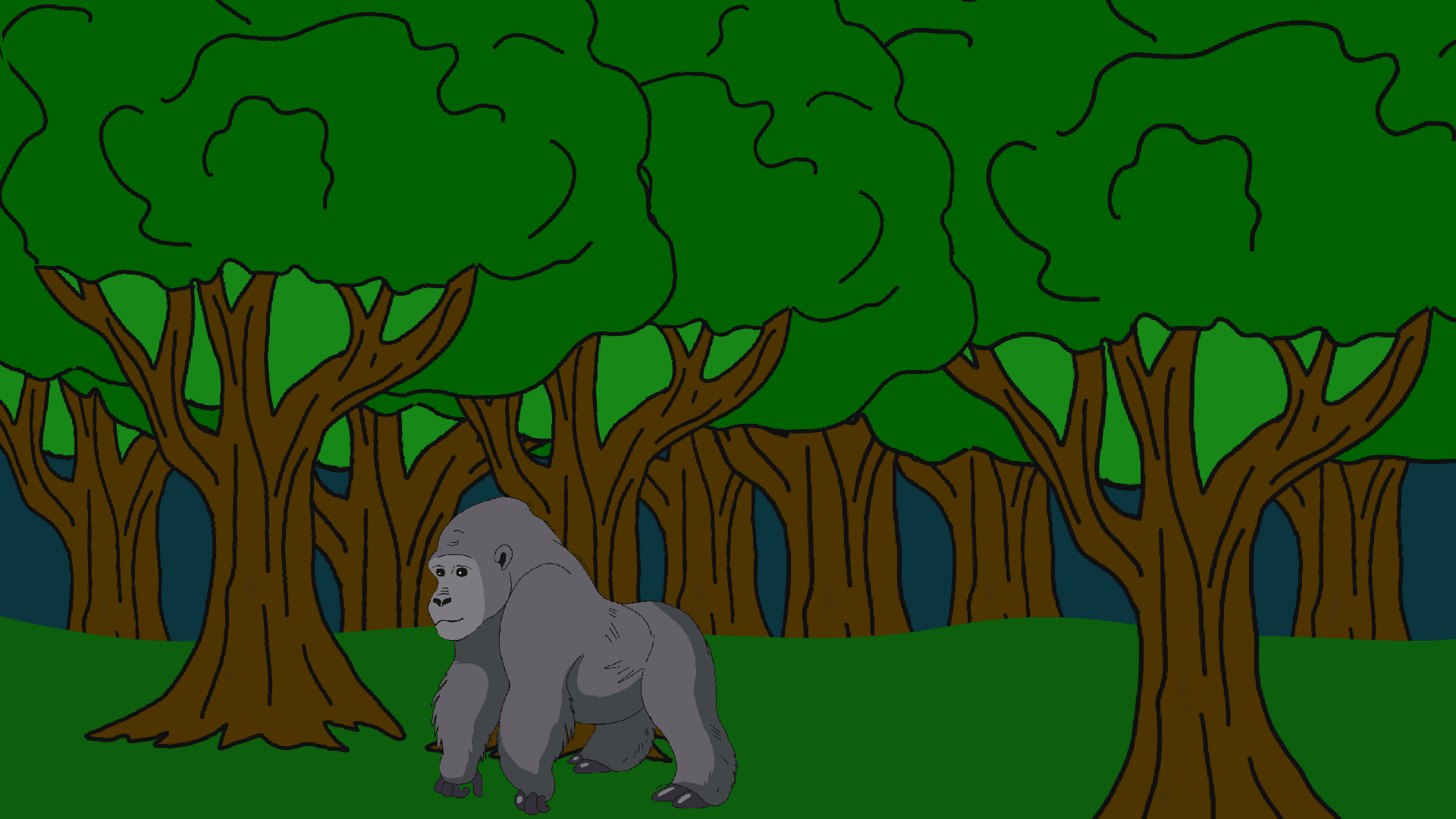In 1944, Duane Hodgkinson, an American fighter pilot, was stationed in Papua New Guinea for WW2. One day, while out on patrol, He and the other soldiers were going up a trail in the jungle when they got to a section with very little brush around. There, just ahead, Hodgkinson would see a large, winged creature.
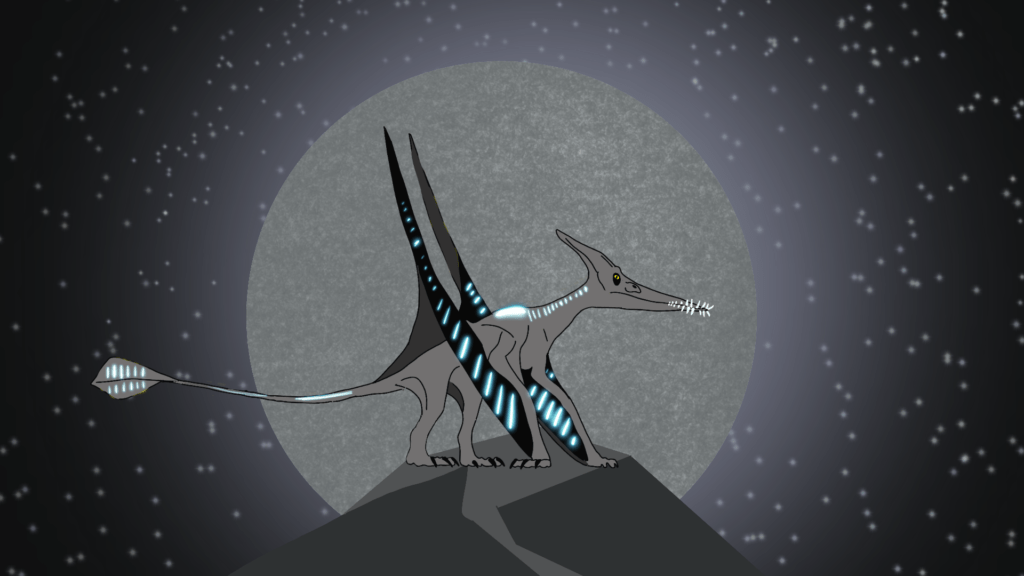
Hodgkinson and the men must have startled it because it took a few steps, jumped into the air and flew away. According to Hodgkinson, the creature was so big that as it flapped its wings, you could see all the brush down below just flattening out.
Hodgkinson at the moment believed he had seen pterodactyl as the creature had a tail about 10 feet and a wingspan about 25 feet. While Hodgkinson believed it was a pterodactyl, natives who have seen and spotted this creature for decades call the mysterious cryptid something else: The Ropen or Demon Flyer.
The Ropen is often described as nocturnal and as having featherless, leathery skin with wingspans of over 30 ft. The wings are said to be similar in appearance to a bat and the creature is said to have sharp claws. Some say the wingspan is much smaller, only around 5-6 feet. The cryptid is said to have a large, crested head and a long beak full of razor-sharp teeth. Some say it emits a glow or bioluminescence. This light is called by locals as Indava, which translates to “Bird that flies at night and brings death.”
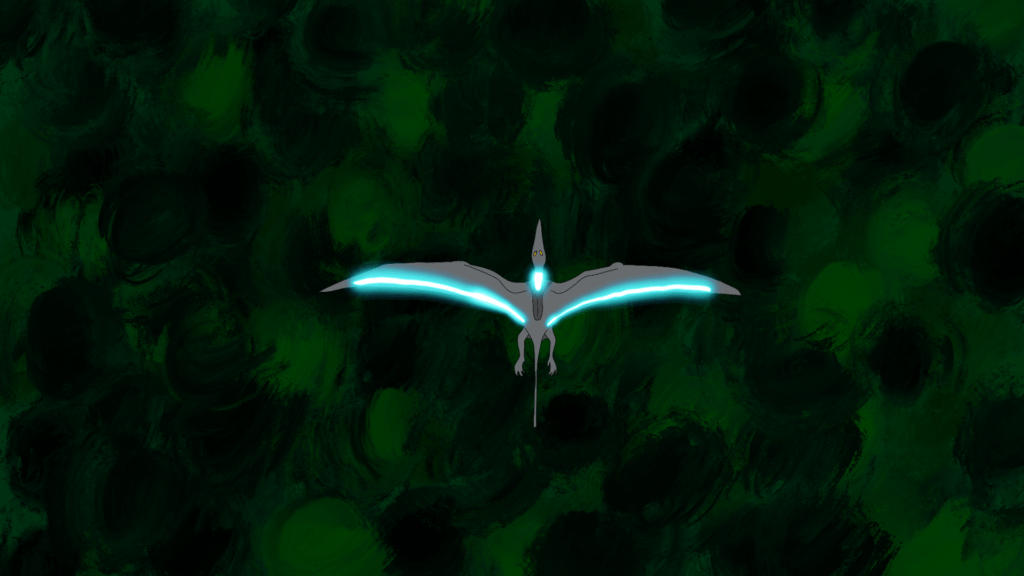
The demon flyer is alleged to have a taste for decaying human flesh and has even harassed native funeral gatherings with western missionaries present.
The majority of the sightings have occurred at Umboi Island, which is positioned between the mainland of Papua New Guinea and the Island of New Britain. There, many locals have reported seeing the lights of the Ropen flying to or from the larger mountains. It is said the light lasts about five seconds.
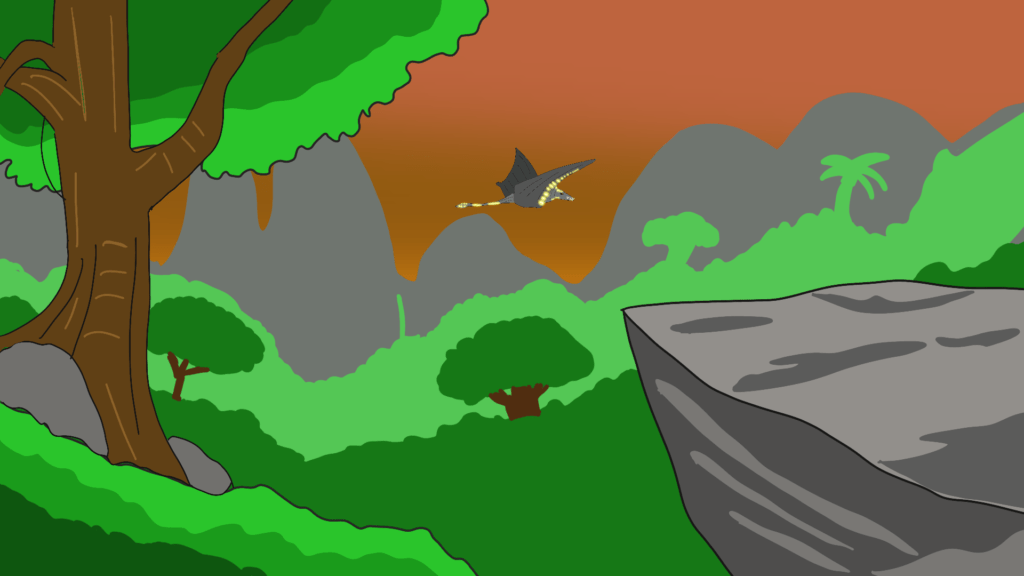
Perhaps some of the most fascinating evidence of this creature’s existence comes from cryptozoologist Johnathan Whitcomb. Whitcomb has devoted thousands of hours to investigating the Ropen. He studied the Ropen’s lights and discovered they moved toward the coast early at night and returned more inland later. These reports match the reports of local tribes, who say the Ropen’s fly out to the reef at night to feed and then return to the mountains where they rest.
Whitcomb would also uncover something fascinating regarding the creature and sightings. When departing Umboi Island, it appeared to him that there probably was just one giant Ropen. He believed that the Ropens breeded on another island, and that the sightings were all of one Ropen. If true, this would suggest that the Ropen are territorial.
Read about the Chernobyl Blackbird here:
While many natives have spotted the creature the first non-native to spot it was Evelyn Cheesman, a famous biologist and entomologist. Cheesman studied insects and worked for the London Zoo. She saw it in 1935 and She wrote about the mystery in her book “The Two Roads of Papua”. In the book she notes that there is no way the lights could be coming from human beings or man-made.
Other men who have spotted the Ropen in modern times are Paul Nation and Garth Guessman.
Cryptozoologist Paul Nation has done five expeditions to Papua New Guinea to study the Ropen. On his website, www.IndavaBird.com, he says in 2006, he traveled for four days deep into the jungle. During this expedition, he took a photo of a yellowish glow that hovered across the sky and disappeared near a volcano. After analyzing the photo, it was shown the lights couldn’t have been man made.
Milt Matcy and Peter Beach are two researchers that also witnessed the Ropen and heard incredible tales from the locals.
In 2015, they led an expedition to Umboi Island. They stayed in a village where the elders shared stories about past encounters with pterosaurs or Ropens. The locals said one time they borrowed a missionary’s gun and shot and killed one of the Ropens. The meat from the animal fed the entire village.
Also, during their time, Marcy and Beach captured video of a large flying creature resembling what could be a Ropen. However, it’s possible that they filmed a frigatebird. Frigatebirds live along coastal waters in the tropics and have distinctive bent wings.
Still, the majority of the sightings come from locals who swear the creature is real and not folklore.
Papua New Guinea is Located within the Pacific Ocean north of Australia and Known for being one of the least explored places on earth. The majority of the country is covered by dense tropical rainforest that are extremely difficult to navigate. Due to this, a large portion of the country is only accessible either by foot or by airplane. Many researchers feel this area almost rivals the Amazon, with a large number of undiscovered plants, animals, and uncontacted tribes which may still be hidden within the thick rainforests.
This is truly one of the more remote places in the world as the country has around 180,000 square miles and only around 9 million inhabitants.
Read about Papua New Guinea’s Legendary 30-foot dragon Artrellia here
One other strange cryptid said to reside in these dense jungles is Artrellia, a massive 30-foot lizard said to roam in Papua New Guinea. There have been multiple sightings of this cryptid.
In WW2, allied troops took control of the island from the Japanese. There were numerous reports of troops seeing giant lizard-like creatures in the jungles. They were reported as being between 15-20ft in length and very agile. These sightings would continue for the entire time the troops were on the island.
This cryptid was explored in a previous post.
There’s plenty of strange creatures that reside in these jungles.
Read about the legendary Huge Bat-like Creature of Indonesia: Ahool
In 1987, Tyson Hughes, an English missionary, was working on Ceram Island helping the Moluccan tribe to develop efficient farms. During his time there, he heard stories about a massive flying creature called a “Orang-bati”. This creature was said to have enormous leathery wings and live in the caves of Mount Kairatu, an extinct volcano located in the middle of the island.
Over the years, there’s been several theories put forth as to what the Demon flyer is.
The first is that it is some type of dinosaur that didn’t go extinct. Many people point to the resemblance between this cryptid and a pterosaur and other types of winged dinosaurs. Many truly believe this is what the Ropen is. It’s well documented that many birds survived the extinction 65 million years ago.
Could the Ropen be a living pterosaur or something similar that didn’t go extinct?
One other possibility is that this is a new species or perhaps the Ropen evolved from dinosaurs somehow.
With so many sightings from both locals and non-natives there’s good reason to believe that many undiscovered species, including the Ropen , reside in these remote jungles.
